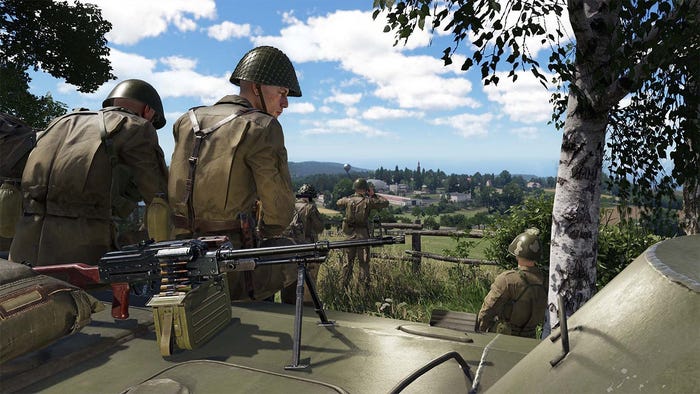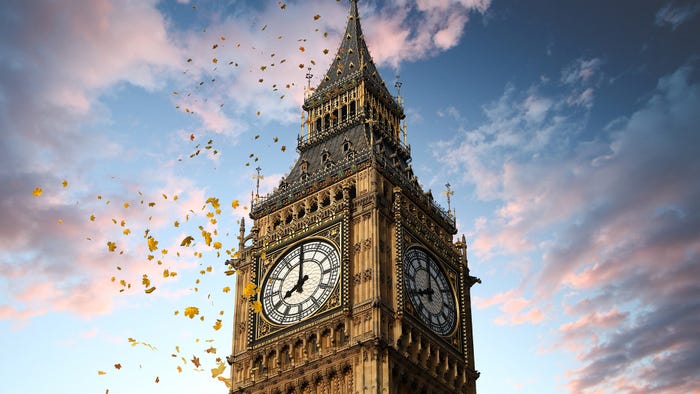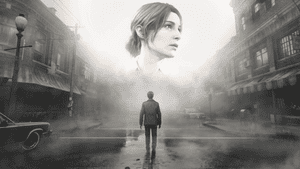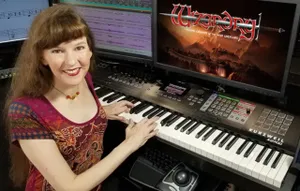Recreating a Classic: Wacky Wheels 2015 Now on Steam Greenlight
Creating a new Wacky Wheels has presented special design challenges. Striking the balance between making the game feel like the original and finding places to innovate has required a lot of thought and adjustment.

Wacky Wheels is now on Steam Greenlight! Please vote and spread the word. Every eyeball counts.
Despite very little marketing done on my part, Wacky Wheels has generated the most traffic and social media buzz of all our games, outside of launch weeks. Most fans of the original have reacted to our pending reboot with something along the lines of "OMG! Hooray!" There has been a vocal minority of folks, however, who have written me letters demanding I stick close to the original formula. Those folks needn't worry. I loved the original and the entire team is keen to stay true to its spirit.
In general, my goal has been to enhance some of the ideas already in place— for example, making the vague themes in the original more focused by committing deeper to each one through visuals and audio. The game is about dangerous, wild animals that have escaped the zoo on go-karts made from lawn mowers. There's a devil that floats about watching as they race, concerned with the results. (What's his story?) In addition to the danger, there's an element of energy in the original (partially an artifact of its low framerate) that the new game needs to capture. The karts visibly shake while you race. The tracks are very tight and overrun with obstacles. All in all, it's an engaging game, which is the complete opposite of so many blah kart racing games that came out after Super Mario Kart.

While obviously I'm no stranger to nostalgia-centric game design, Wacky Wheels has presented new challenges. Striking the balance between making the game feel like the original and finding places to innovate has required a lot of thought and adjustment. For example, I liked the idea of throwing hedgehogs as a simple weapon, but felt the original's unlimited collection of 'hogs over each race was unbalanced. Similarly, while I liked the idea of picking up powerups without the need of picking up a random item box (ala Mario Kart), that in and of itself took away the anticipation caused by the mystery— so I added random powerup items as well. That had the added benefit of allowing for a bit more rubber-banding. (Rubber-banding is giving better powerups and other advantages to those further behind, in order to snap first and last place closer together.) Beyond that, I've worked on some less obvious rubber-banding to the game? Specifically, boost duration is longer for karts falling behind the pack. Conversely, kart spinout durations increase for those ahead.
Creating an interesting experience, of course, is a challenge with every game. But I believe the key with recreating an old game is building it as it is remembered rather than how it actually was. Time has a tendency to make old games look better in our minds. I've often seen folks review games with art reminiscent of a mid-90s console (like a Jaguar or Amiga CD32) and state it looks just like their childhood NES games. The same goes for gameplay— standards have gotten higher in the 20 years since Wacky Wheels was first released. So I've been keen to play both older "mode 7" racing games as well as modern kart racers, in an attempt to assess what has been appropriately dropped and what features arguably should have been kept around.
My guiding principle in general has been to imagine history taking a different direction in the mid-90s. Rather than video games (often painfully) taking the leap in 3D, I've pretended instead that 2D remained the dominant form. That lead to the idea of high definition "mode 7" artwork; Atari Karts was an inspiration here. It is, in my opinion, the best looking game in that style.

The more I followed this principle, however, the more I realized that the genre itself has changed. While the early faux-3D kart racers featured tight courses with cramped tracks, modern kart racers tend to be more like Disneyland rides with larger tracks and an emphasis on the scenery. In a way, I feel like Mario Kart 8 is closer to arcade racers like Hydro Thunder than it is to the original Super Mario Kart. My hope is this new Wacky Wheels feels more like these kart games of old.
Out of all the "mode 7" racing games I've studied, Mario Kart Super Circuit sticks out the most. First, the track length of about 20-30 seconds per lap feels just right. Three to four laps gives the player time to learn the course and apply their learning without the race feeling repetitive. It also provides enough space to put multiple experiences per lap (a rough patch here, a curvy spot there, etc). In short, it affords enough room to design a track that can keep the player engaged.
Of course, these conclusions I've drawn need to be vetted. Steam Greenlight is the first step in that process. It will take many more adjustments until the game feels right— simultaneously modern and retro. I believe in this idea though. I've bet my biggest game budget yet on it— a budget bigger than my last 5 games combined. So if you believe as I do that this is an awesome idea, then please vote "yes" for it on Greenlight!
Read more about:
BlogsAbout the Author
You May Also Like









